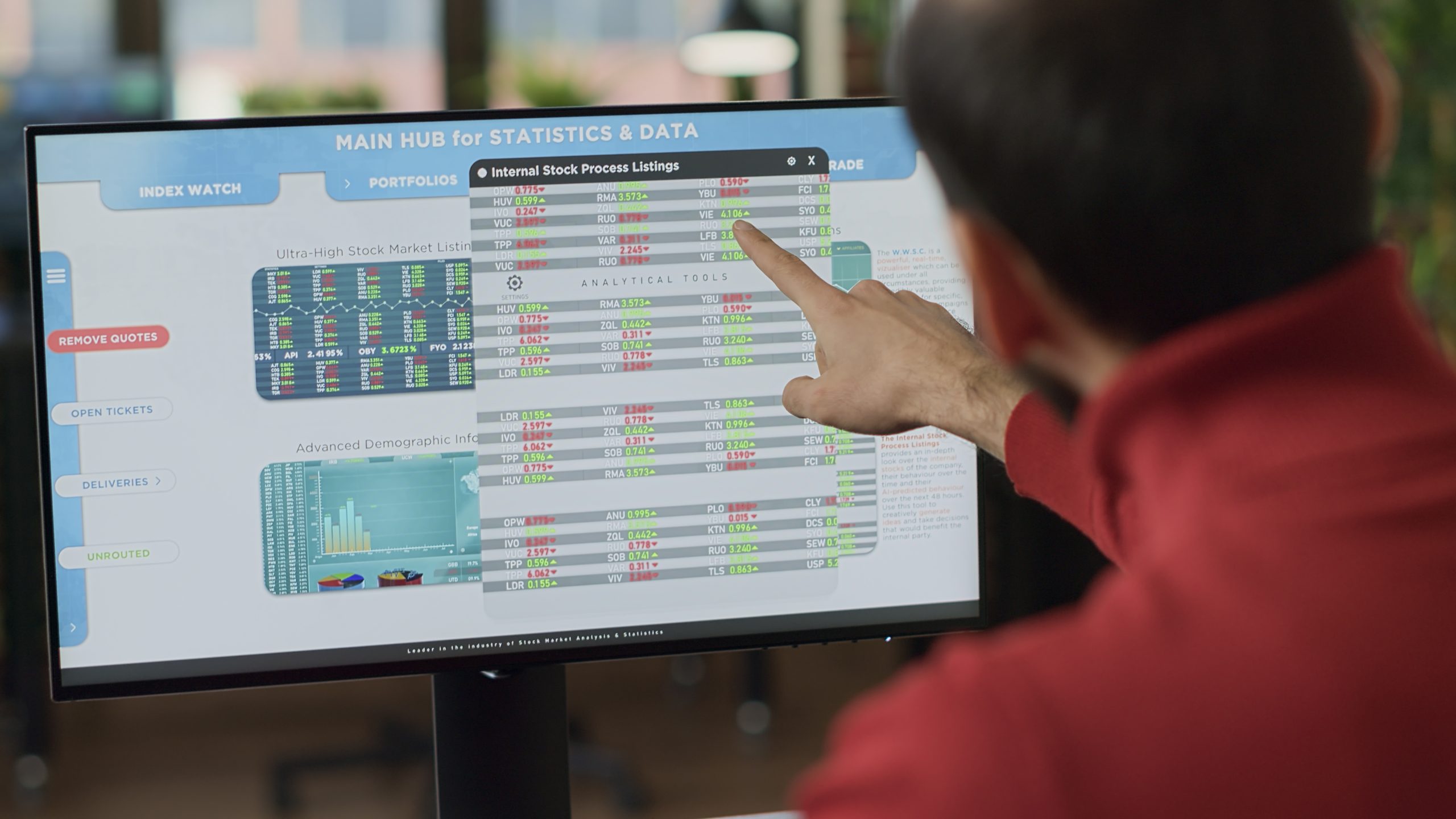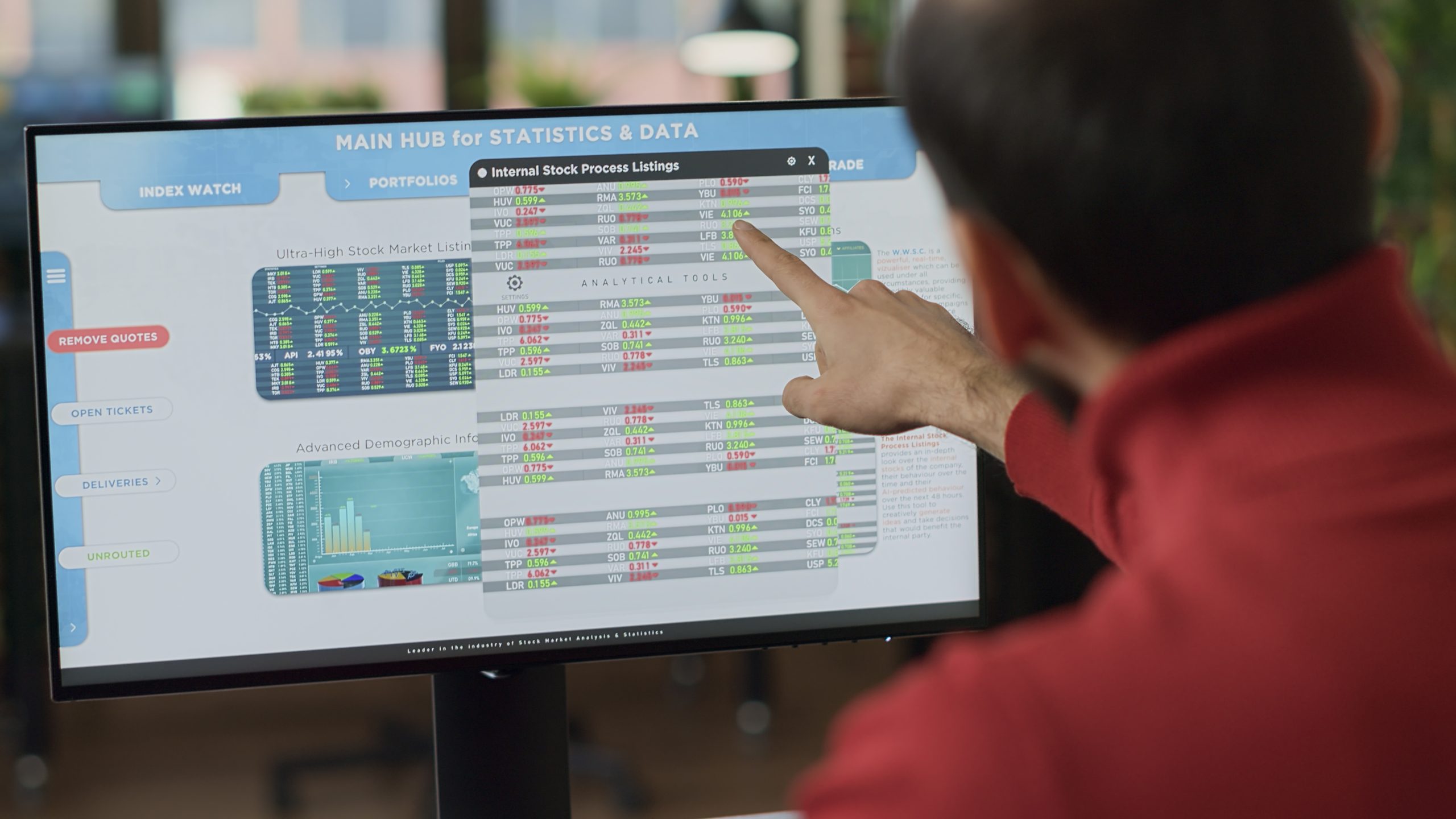The nature of the Indian stock market is dominated by volatility as well as the constant shifts in investor sentiment, particularly in the manufacturing and infrastructure sectors. One of the organizations that have been in the eye of the storm of market fluctuations in recent times is Titagarh Rail Systems. On February 27, the share price of the company fell by over 2.5%, after a downgrade by global investment bank Morgan Stanley. While the bank still had its “overweight” recommendation on the stock, it cut the target price from Rs 1,300 to Rs 1,090, suggesting a potential gain of 40% even as it cut the estimate. This decrease in target price and the consequent decline in the stock price made investors rethink the company’s performance and prospects against the background of the prevailing market situation.
In this post, we are going to explore deeply the cause of Titagarh Rail’s recent stock trend, the difficulties it is going through, and what the company has in store for the future. We are also going to see the bigger picture of how such reactions by the market would affect the company and how investors need to approach stocks in such sectors.
Overview of Titagarh Rail Systems
Titagarh Rail Systems is the Indian railway and transport industry’s top performer, engaged in producing a variety of products ranging from freight and passenger coaches to sophisticated components for rolling stocks. The company’s operations range across several sectors, such as the manufacturing of freight vehicles like wheelsets, bogies, and wagons, and trains of the passenger type like the Vande Bharat trains. Titagarh Rail also has a strong footprint in metro and infrastructure projects.
With the government’s emphasis on infrastructure development, modernization of railways, and growing demand for high-speed trains, Titagarh Rail has been positioning itself as a major gainer of these growth trends. Even though it is a market leader, the company is now facing challenges that have resulted in a fall in its stock price and have generated doubts about its future growth potential.
1. Recent Performance: Q3 Earnings Report and Market Reaction
For the third quarter of FY25, Titagarh Rail had a disappointing financial performance. The company saw its net profit fall 16% year-on-year to Rs 62.8 crore. This was further compounded by a fall in revenue, which fell 5.5% to Rs 902.2 crore. The operational side also reflected weaknesses, with EBITDA falling 9.6% to Rs 100.1 crore and the EBITDA margin at a mere 11.1% for the quarter.
This poor performance is mainly due to a deceleration in the delivery of strategic projects, specifically in the passenger segment. Titagarh Rail’s passenger projects, such as the Vande Bharat trains, have suffered delays of up to nine months because of design changes in the cars. The company has also struggled to land new orders after October 2023, putting it at risk of a decline in earnings growth from this valuable business segment.
The firm has also faced issues with the availability of freight wheelsets from Indian Railways. The poor availability of these parts is likely to impede Titagarh’s capacity to achieve its production and revenue goals. Consequently, analysts have reduced their earnings estimates for FY25 and FY26, predicting a fall of 14% and 7%, respectively. This decrease in expectations underscores the short-term challenges the company is facing, which have been evident in its most recent financial performance and stock trends.
2. Morgan Stanley’s Downgrade and the New Target Price
The investment bank’s decision to downgrade the stock of Titagarh Rail from “equal-weight” to “underweight” is an indicator of Morgan Stanley’s prudent forecast regarding the firm’s immediate prospects. Despite being “overweight” for the long run, Morgan Stanley referred to the failure of the firm to return profits in keeping with expectations at present as one of the key factors that caused the downgrade.
The brokerage also emphasized that the roll-out of the big projects like the Vande Bharat trains and the Ahmedabad Metro is behind schedule, which is negatively affecting the top-line growth. As the firm is unable to win new orders and has not been able to deliver projects satisfactorily, Morgan Stanley dropped its target price to Rs 1,090, a sizeable cut compared to the old target of Rs 1,300. This new target price indicates that although Titagarh Rail’s shares continue to have growth potential, they are going to encounter short-term headwinds that will keep them from reaching the high valuation that they previously experienced.
3. The Effect of the Downgrade on Titagarh Rail’s Shares
The market’s reaction to Morgan Stanley’s downgrade was swift. On February 27, the company’s shares fell by 2.5%, reflecting the broader market sentiment and investor concerns. However, despite the drop, Titagarh Rail remains an important player in the Indian infrastructure sector, and its long-term prospects still hold value for investors willing to navigate through its near-term challenges.
Over the past six months, Titagarh Rail’s stock price has experienced significant volatility, with a 12% decline in the last month alone. This decline is stark in comparison to the broader market index, with the Nifty 50 falling just 10% over the same period. The stock’s recent underperformance can be attributed to the compounded impact of execution delays, the FII sell-off, and the challenges within its core business units.
Although these temporary challenges, the Titagarh Rail company retains a strong place in the Indian transportation infrastructure market. The firm continues to win major contracts and has demonstrated a willingness and capability to adapt to the evolving needs of the industry. The acceptance letter (LoA) received by Ambuja Cements and ACC Ltd for the supply and manufacture of 16 BCFCM rakes with BVCM wagons worth Rs 537.11 crore is one example of Titagarh Rail’s ability to acquire large orders.
The orders are likely to be delivered between January 2026 and March 2027, further strengthening the order book of the company.
Outlook for Titagarh Rail Systems: What’s Next?
Titagarh Rail Systems is already going through a tough time, but the fate of the company lies in how it comes out of such issues. The key areas to monitor for the company are:
1. Project Implementation: Titagarh Rail’s success in future growth depends on its execution of current projects and winning new orders. The slow progress of passenger projects and the delayed freight component supply must be sorted out so that the company can regain its momentum. The timely completion of the Ahmedabad Metro project and the closure of the BCFCM rakes project will be crucial points for regaining investor confidence.
2. Financial Wellness: Titagarh Rail must enhance its financials and show that it will be able to get past the challenges it is facing today. Shareholders will be watching closely to see if the company can post improved revenue and profitability numbers in the next quarters. Cost control and improving operational efficiency will be key areas for driving the company’s bottom line higher.
3. Winning New Orders: Failure to win new orders in the passenger segment after October 2023 is a cause of worry. Titagarh Rail has to focus on increasing its customer base and winning new orders, particularly in the emerging areas of electric mobility and metro rail projects. Diversification by the company into these segments may give it new streams of revenue.
4. Macro-Economic Factors: Titagarh Rail’s performance will also be affected by wider macroeconomic factors, including government infrastructure expenditure changes, railway modernization schemes, and general demand for transportation and construction services. Government policies, such as the ambitious PM Gati Shakti and Atmanirbhar Bharat plans, may offer Titagarh Rail opportunities to tender for large-scale infrastructure projects.
Conclusion:
Titagarh Rail Systems has a good track record in the Indian infrastructure business, but now the company is suffering from problems that have resulted in its stock price decrease. The recent downgrade from Morgan Stanley indicates near-term issues, including delay in projects and lower order intake. Nevertheless, Titagarh Rail is a major player in the rail and transportation infrastructure industry, with ongoing projects and a healthy order book.
For investors, the stock can be a decent long-term bet, particularly if the company manages to resolve its execution issues and ride the wave of increasing demand for infrastructure projects in India. The short-term, though, is still cautious, and would-be investors must watch the company’s financials and project execution closely over the next few quarters.
In summary, Titagarh Rail is one to watch out for, and although the overall sentiment is down at present in light of the recent events, the firm’s solid fundamentals and growth potential offer it an attractive proposition to long-term players. Yet again, the speculative stock price movement and continuing hurdles suggest that this might not be the best proposition for short-term players looking to make a speedy return or place a stable short-term bet.















0 Comments